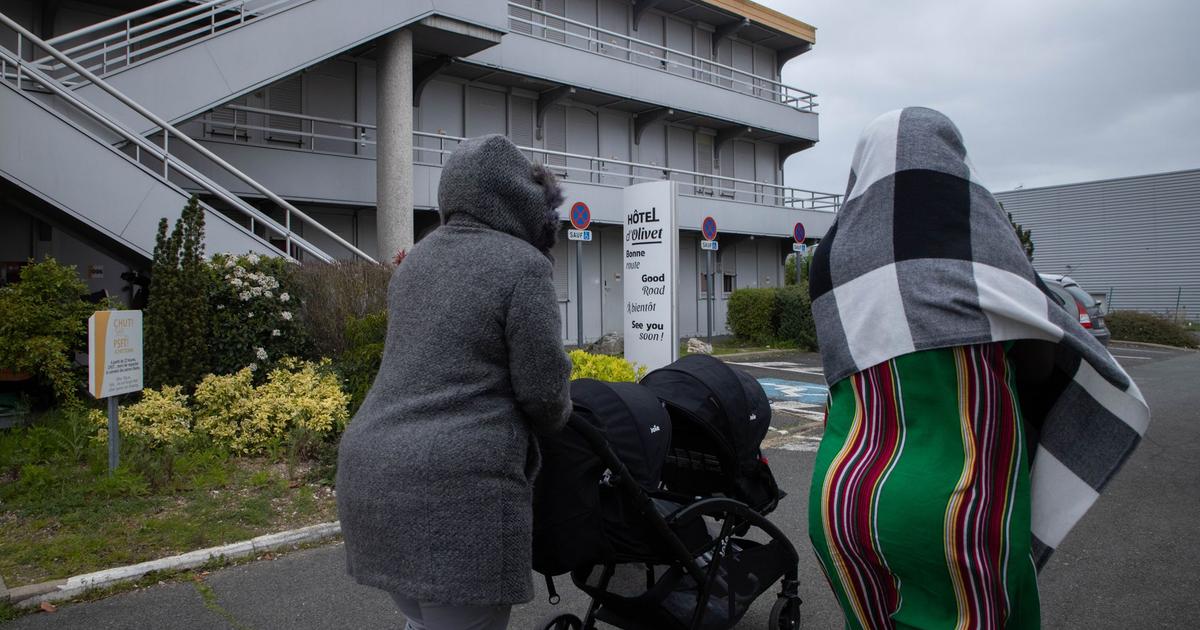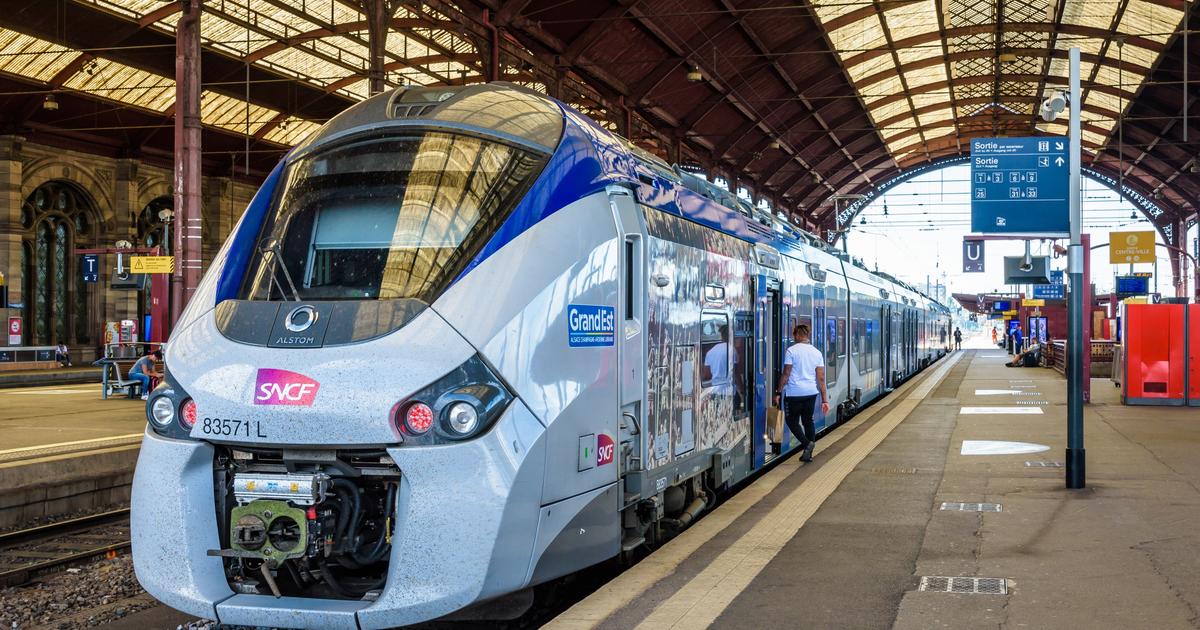Icon: enlarge
Photo: Adam Smigielski / Getty Images / iStockphoto
The area around the metropolises is likely to become more popular in the coming years - almost all leading real estate experts in this country agree.
Because the home office is the new normal for many employees.
And those who only spend two days in the office and three days at home accept longer journeys.
Economists therefore expect not only a boom in the bacon belt, but also a growing bacon belt around the cities.
But which suburbs are suitable for commuting?
The analysis company Pricehubble took a look at the four largest German cities and examined for SPIEGEL which suburbs are easily accessible and cheap to live in.
In the first step, the experts checked which suburbs, depending on the place of work in the city center, can be reached by public transport within 60 minutes.
They then compared the housing costs in the surrounding area with those in the city.
"Our analysis shows that with a journey of around 60 minutes you can live much cheaper than in the city," says Christian Crain, Managing Director of PriceHubble Germany.
City refugees could use the analysis to find a suitable place to live.
That's how the analysts worked
When estimating house and apartment prices, the data analysts only recorded those parts of a district that can actually be reached within the given time span.
In doing so, they not only set the respective main train station as their destination, but also the locations of larger employers, which are particularly frequented.
In Berlin, for example, the location of Zalando and that of the Berliner Verkehrsbetriebe, in Hamburg that of Airbus and the University Clinic Hamburg-Eppendorf.
In a next step, the analysts developed an algorithm that evaluates the square meter prices for all properties as if the same "standard apartment" or the same "standard house" were located there, in order to then average the prices across the buildings.
"The procedure provides a better indicator of the price differences that result solely from the location and not from the fact that the type of real estate currently offered there is different," says Crain.
The results for Hamburg, Berlin, Cologne and Munich
In
Hamburg
, for example, the following picture emerges: Those who work near the main train station could look
for apartments and houses
in
Neumünster
,
Boizenburg
and
Schwanheide
: They are the cheapest there compared to all suburbs that can be reached in less than 60 minutes.
The square meter of living space for a house in downtown Neumünster costs 2015 euros, for example, so a standardized house with 142 square meters is available from around 286,000 euros.
For comparison: In the Hamburg metropolitan area, a house of the same size would be more than twice as expensive, the price per square meter there is 4570 euros (see table).
The best places to live for the various starting points vary considerably.
Anyone who works for the aviation group
Airbus
,
for example
, could
look around
in
Jork
,
Finkenwerder
and
Francop
.
For commuters who work at the University Medical Center Hamburg Eppendorf,
Prisdorf
,
Elmshorn
and
Seevetal
are more suitable
.
In
Berlin
, the city of
Fürstenwalde / Spree stands
out.
The place in Brandenburg is easy to reach from various employers in Berlin and has by far the cheapest apartment prices.
Houses are only cheaper in
Eberswalde
.
The purchase price advantages compared to Berlin are around 60 percent.
Cities such as
Wuppertal
,
Düren
and
Krefeld
are suitable
for commuters who
work
in
Cologne
.
Here you can live much cheaper than in the classic Cologne suburbs.
In the German
commuter capital Munich
, moving is far less worthwhile.
The rising rents and apartment prices in Munich have already driven many people out of the city in recent years, so that the surrounding regions are no longer really cheap.
In the towns of
Baierbrunn
and
Hohenbrunn,
for example, the purchase price advantages are small: houses here cost almost as much as in the Munich city area.
For some time now, house prices in Germany have not risen most strongly in the city centers, but in the more densely populated rural districts in the vicinity of the metropolises.
The desire for the country triggered by Corona could accelerate this trend in the coming years.
Icon: The mirror













